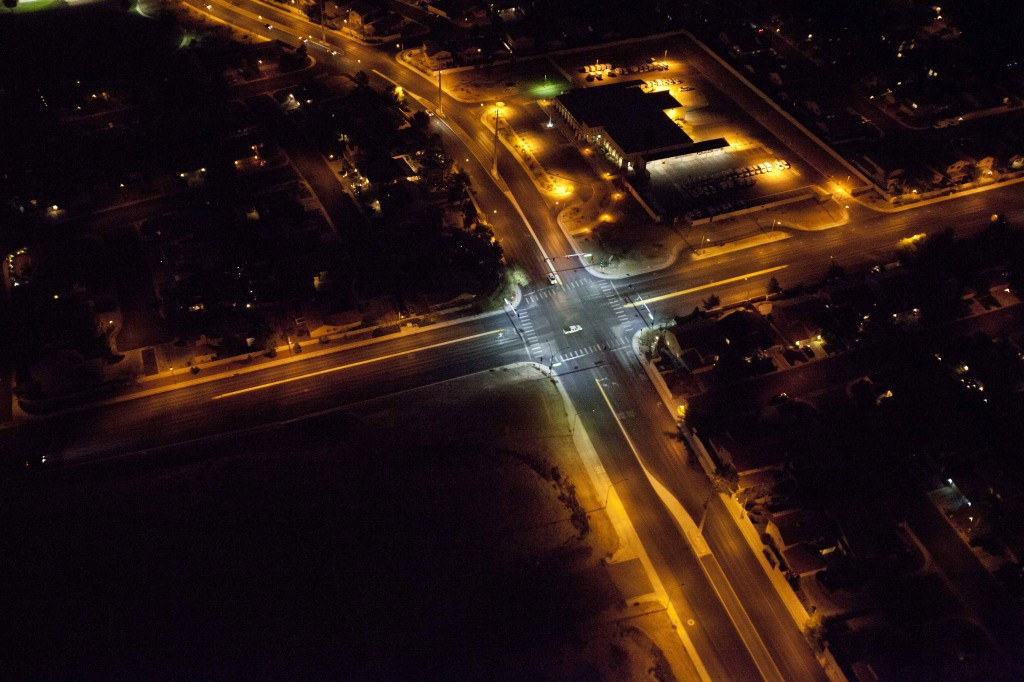Romanian municipalities look to Las Vegas, Abu Dhabi for illumination on LED public lighting systems



 After a village in Cluj county, in central Romania, was the first Romanian locality where traditional public lightning was replaced with LED lighting in 2010, other municipalities in Romania are looking into this option. They join municipalities in the US, China, Australia, as well as the famous Abu Dhabi and Las Vegas cities, which have already switched to LED bulbs.
After a village in Cluj county, in central Romania, was the first Romanian locality where traditional public lightning was replaced with LED lighting in 2010, other municipalities in Romania are looking into this option. They join municipalities in the US, China, Australia, as well as the famous Abu Dhabi and Las Vegas cities, which have already switched to LED bulbs.
Mociu locality, which includes seven villages, switched its 262 classic light bulbs to 400 lamps with LEDs - a move which cost some USD 215,000. The number seems high but LED systems are in fact 20 times cheaper to run than old style street lights, according to specialists.
The Cluj – Napoca city hall also announced two years ago that it was planning to introduce LED lightning in some areas of the city, but it has not yet happened.
A similar decision was taken by the Tarnaveni municipality, which recently approved the new LED lighting and which hopes to pay a 10 percent lower electricity bill, while the company which installed the new system at its own expense will also recover its investment.
In Mociu, when the new system was installed, the municipality was hoping for a 72 percent reduction on the electricity bill. The LEDs installed in Mociu are produced locally, in Cluj, by Romanian firm Energobit.
Earlier this year, the municipality in Ramnicu Valcea announced that it too will expand LED lightning - currently it is only in use on one street - to more areas of the city.
The idea, which seems to have been embraced in some regions of the country, was well received in the capital too. Last year, Bucharest mayor Sorin Oprescu upped the ante when he said Bucharest could have an LED public lighting system, but based on solar energy.
LED bulbs are expected to dominate the market place by 2015, should manufacturers, retailers and regulators overcome some barrier to adoption, according to a research by McKinsey.
“LED bulbs can generate more than 100 lumens per watt of electricity, compared with 60 to 75 for compact fluorescent lights (CFLs); they also last three to five times longer. LED’s fully loaded costs become lower than those of typical fluorescent lights in roughly six years,” according to McKinsey.
LEDs are believed to be also superior from an environmental perspective. They contain no mercury, so their disposal is significantly less problematic than that of CFL or traditional fluorescent tubes.
For the time being, LED bulbs are more expensive than the classic ones, while product positioning at retailers is weak. Most stores do not have dedicated areas for LED bulbs. Plus, the transition to a new technology still creates uncertainty, even in times of fast changes as today, and even if Light Emitting Diodes (LEDs) were invented by GE scientists in the 1960s.
editor@romania-insider.com
(photo source: GE)